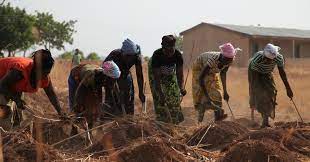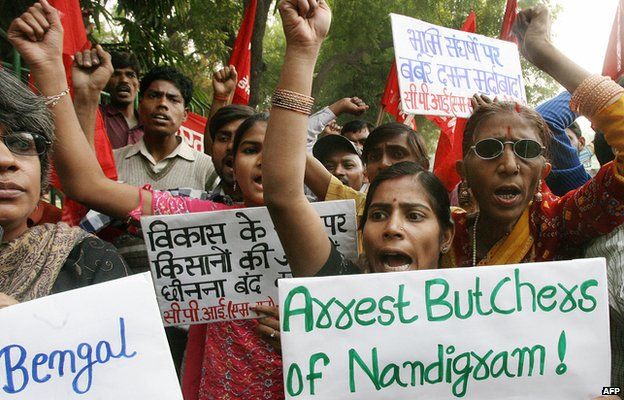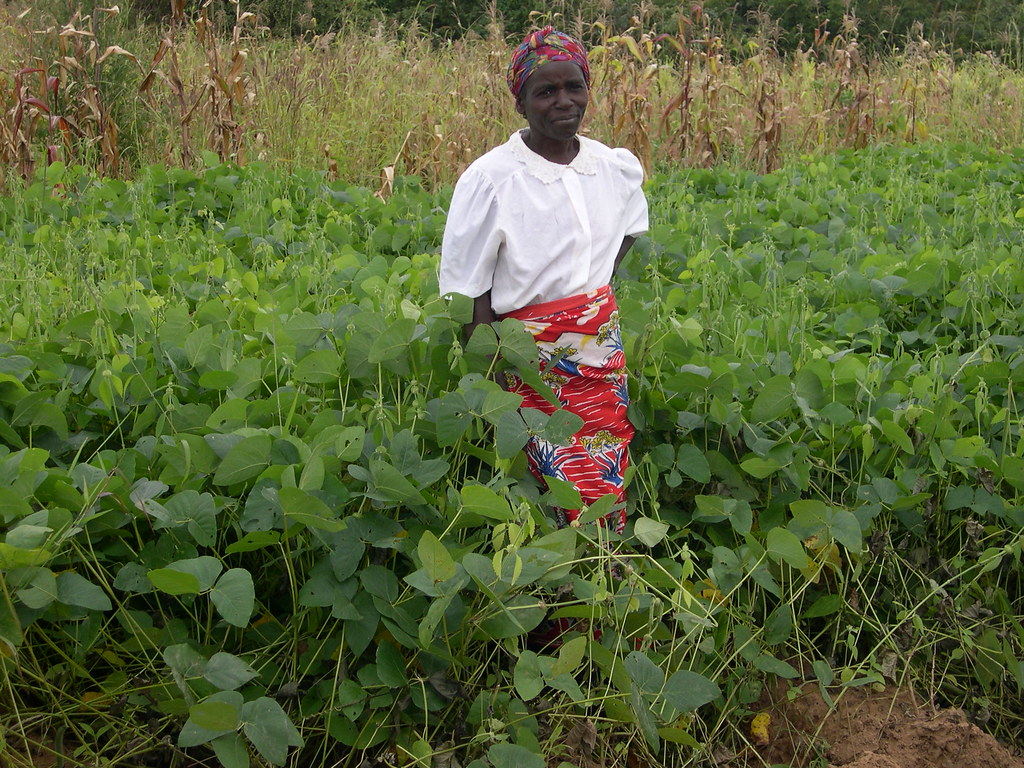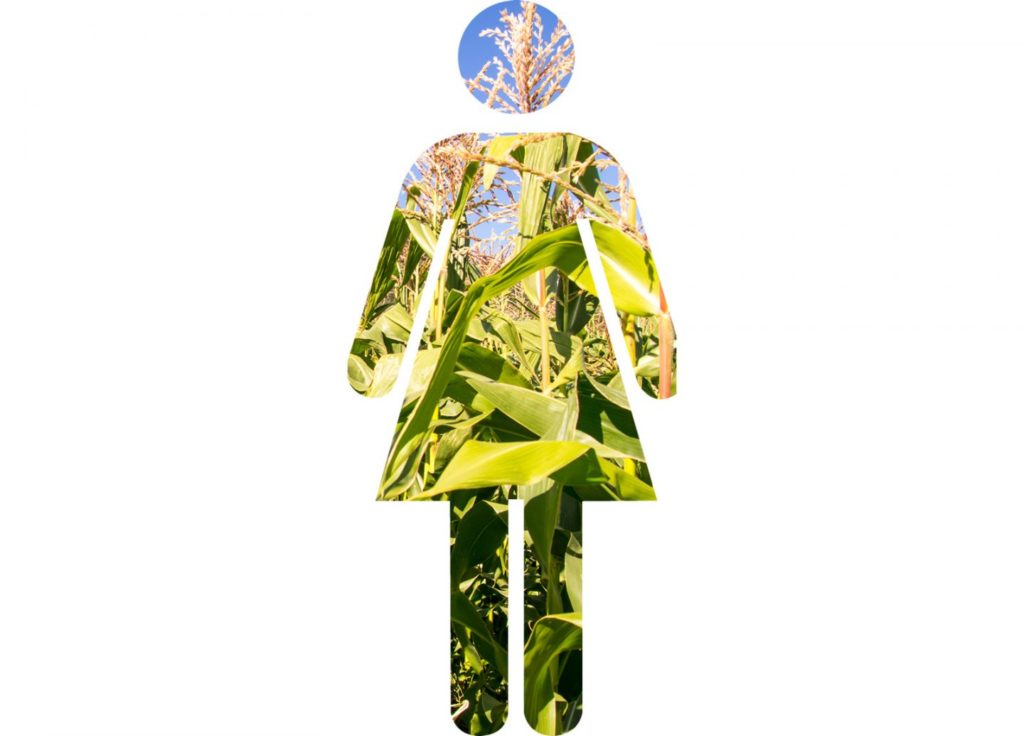
Hoy Mai
This week, Cambodian woman farmer Hoy Mai has appeared in a Thai court, where she has filed suit against Thai sugar company Mitr Phol, Asia’s largest sugar producer. Hoy Mai, now 56 years old, has been waging a mighty campaign against the Goliath corporation for two decades, a campaign for land, life and justice. This week’s court case is considered a landmark case. If the court decides in Hoy Mai’s favor, thousands of displaced farmers could benefit. The story begins in October 2009, in the northwest province of Oddar Meanchey, in the throes of the Khmer Rouge violence. In one of the most violent areas in Cambodia, Angkor Sugar Company, a subsidiary of Mitr Phol, evicted 119 households. Since that day, Hoy Mai has fought for restitution, first, and justice, for herself and her neighbors.
According to the Cambodian Center for Human Rights, “Hoy Mai’s family and 118 other households in Bos village, Oddar Meanchey province, were forcibly evicted in October 2009 as part of an ELC [Economic Land Concession] granted to Angkor Sugar Company. Their homes were burnt down and they lost all their belongings and farmland. Despite promises that she would receive another plot of land, she received neither land nor compensation, leaving her and her children homeless and destitute. Hoy Mai, at the time five months pregnant, was charged with violation of the Forestry law and jailed for eight months after trying to appeal to the authorities in Phnom Penh. She went into labor in the prison where she was forced to stay for three days and two nights until she was taken to the hospital. Only a few hours after she gave birth to her baby she was taken back to jail. For two months, she nursed her son in the prison with terrible sanitary conditions and sharing the cell with seven other women. Eight months after her detention, Mai was brought before a judge. Instead of a fair trial the court told Mai that she would be released only when she signed an agreement to with- draw all claims to her land in Bos village and accepted replacement land.”
The Khmer Rouge is gone, but the damage remains, as does Mitr Phol. From 2009 to today, Hoy Mai has refused to accept that situation: “We want compensation so we can rebuild our homes and farm our land. We hope the court will give us justice.” Hoy Mai and her attorneys have hit upon the idea of going to Thailand, where Mitr Phol is based, and instituting a class action suit there. Hoy Mai demands compensation, restitution, recognition, acknowledgement, truth and justice. It’s that straightforward.
In 2014, Hoy Mai explained what she and her neighbors wanted and expected from the State: “We want them to help us get our land back so we can live like before.” In 2016, Hoy Mai explained that she and her neighbors planned to return to their own lands: “Whether the governor allows us back or not, we will still go to our land. We are scared, but we have to struggle. We experienced being evicted. So we are not afraid.” This week, Hoy Mai said, “They took our land. I lost everything. My children did not go to school and I had no farming land … I survive by the day … For us, it [the land] is our life.”
In Cambodia, for the past twenty years, woman farmer Hoy Mai has said NO to the theft and devastation of her and her community’s land and lives. Hoy Mai joins rural women and women farmers in Peru, India, Ecuador, Liberia, Ghana, Malawi, and around the world in demanding justice not only for herself and her community, but for women farmers and rural women everywhere. Mitr Phol may be the fifth largest sugar producer in the world, but Hoy Mai knows that justice is larger, wider and deeper than any corporation. “For us, it is our life.”
(Photo Credit: Leonie Kijewski / Al Jazeera)







